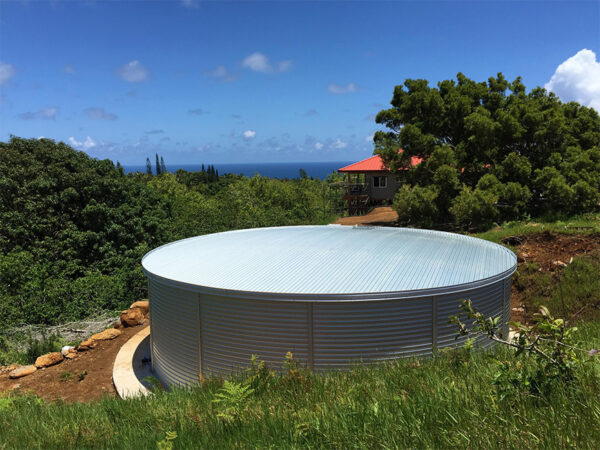Though frozen water tanks are not a common problem in Australia, tank owners in southern Victoria and Tasmania may face this problem once in a while. It is a serious problem and can prevent you from using the stored water for household purposes during winters. You have to rely on water provided by the authority. This will not only restrict your water usage but will also hike your water bills. If you are a tank owner, I am sure you will never want to face this situation. Read this blog to find out 8 different ways to save your tank from freezing.
- Use larger tanks
This is a simple solution. We all know that larger volume of water takes more time to freeze completely compared to smaller volumes of water. Moreover, when the tank is refilled with new water which is little warmer, it will further delay the freezing process. But make sure to use water regularly as it will continue the cycle of usage and replacement in the water tank.
- Use round shaped tanks
If you compare a square and a round shaped tank of the same volume, you will be surprised to know that round shaped tanks have less surface area than the squared one. This causes less heat loss and provides better insulation.
- Slope tank covers
Flat tank covers provide scope for a gradual build up of ice on the top. This happens due to the water accumulated on the top of the tank during the rains which freeze when the temperature drops increasing the chance of the water freezing inside the tank. A sloping tank cover, however, will keep the tank a little warmer preventing its water from freezing.
- Ensure proper tank insulation
Proper tank insulation is a must if you want to avoid its water from freezing during winters. Make sure to cover your tank with a good insulating material from the top and the sides to prevent heat from leaving the tank and keeping it warm enough from freezing. Some tank manufacturers sell tank covers along with their tanks.
- Do not insulate the bottom of the tank
I know it may sound confusing when I have said about the importance of insulating the tank water during winters. Although insulation is a good idea, avoid insulating the bottom of the tank to allow warm air from bellow to increase the temperature of the water inside the tank.
- Use a water heating system
Using a water heating is also a good idea as it will keep the water temperature above the freezing point. This system can be as simple as immersing a water heater in the tank or as elaborate as the heating system installed on the walls of the tank.
- Check the connecting pipes for leaks
Any leaks from the pipes near the tank may accelerate heat loss from the tank and result in gradual freezing of the water inside. It is thus essential to get a professional evaluation done to identify and fix the leaks no matter how small they are before the advent of the winter season.
- Keep the water moving
Moving water is much less likely to freeze from standing water. It is seen in most cases that water from the tank is hardly used during cold conditions. This, as a result, prevents the water from moving, making way for the standing water to freeze. If this is the situation, make it a point to move the water inside the tank to prevent it from freezing. Water usage should be high enough to ensure that the rate of heat added in the tank in form of new water is faster than the rate at which the tank is losing heat.
Use these methods to prevent your water tank from freezing during winters. When water freezes it expands, causing permanent damage to the tank. Use these simple techniques to avoid disaster and hassles of frozen Water Tanks Melbourne.
Author Bio – Hugh Anderson is a lifestyle blogger and an environmentalist. In this blog, he writes about the different ways to save water tanks from freezing in Melbourne.

